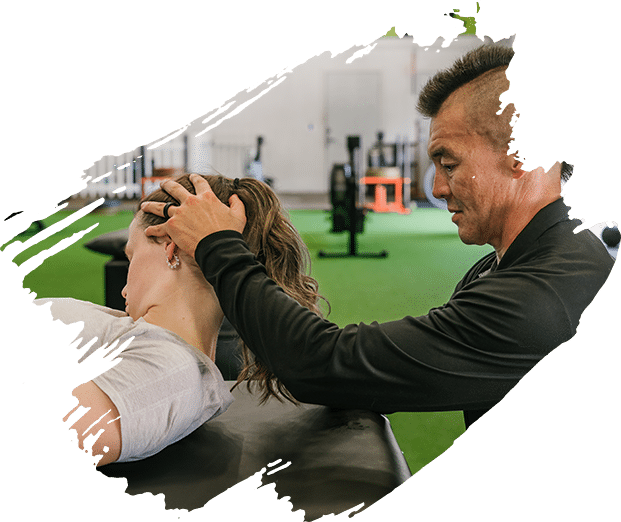Eating Healthy Doesn’t Have To Suck
 A lot of people avoid eating healthy, because they have a distorted image of exactly what that means. They think it means crunching on carrots, celery and lettuce all day and giving up all other types of delicious food. The thing that surprises them is that healthy food actually tastes good. In fact, once you develop the habit of eating healthy, the food at a fast food place doesn't taste good. You also notice how you feel worse after you eat it.
A lot of people avoid eating healthy, because they have a distorted image of exactly what that means. They think it means crunching on carrots, celery and lettuce all day and giving up all other types of delicious food. The thing that surprises them is that healthy food actually tastes good. In fact, once you develop the habit of eating healthy, the food at a fast food place doesn't taste good. You also notice how you feel worse after you eat it.
Mother Nature provides all the ingredients to create a gourmet delight.
Too many Americans have a diet of processed food and haven't eaten healthy for quite a while. Eating healthy starts with ingredients that are closest to their natural form. They have no chemicals or preservatives and still contain fiber, protein and healthy fat. Spicing everyday dishes with fresh herbs is one way to make any dish special and avoid bland eating. You can also use fresh veggies and spiralize them into vegetable noodles or try some amazing vegetable squash. Toss lean protein options like chicken in herbs and spices or marinate it, then air fry it. It's super quick and delicious.
Have some fresh salad every meal.
Salad fills you up and not out, plus provides loads of nutrients. When people think of salads, too often they think of the fast food variety that has a handful of iceberg lettuce, a cherry tomato and some grated carrot. That's just plum boring. Why not make it more exciting? Toss in some herbs, like cilantro or basil. Experiment with a variety of lettuce like oak leaf lettuce that has a nutty flavor. Toss in some nuts and berries and other types of veggies, including sweet onion. Create your own dressing and experiment with flavors until you find one you love. You can even top with Parmesan cheese or feta.
There should be a life beyond burgers and fries.
If you're existing on burgers and fries, with a bacon burger or two for variety, you're missing some of the best protein sources available that taste delicious, too. Wild salmon, for instance has amazing flavor and is loaded with omega-3 fatty acids, something too low in the diet of most Americans. Use those fresh herbs to add flavor. Is your budget tight? Not a problem. Have a meatless Monday with red beans and rice. It's an inexpensive form of protein. You can even add quinoa to your favorite salad as a protein source, to make it a complete meal.
- Eating healthy can take planning. It's simply too easy to stop for a carry out dinner. Plan your meals for the week one day, shop another and cook for the whole week over the weekend. Reheating takes less time than sitting in a drive through line and even saves money.
- Look for the healthiest options. If you include dairy, like butter, choose butter that came from grass-fed cows. It contains more conjugated linoleic acid, which is heart healthy. The same is true of beef.
- Eating healthy on a budget can be even cheaper if nothing goes to waste. If you have left over meat or vegetables, there's nothing better than a bowl of soup from the leftovers that might have gone to waste.
- If you're interested in trying spaghetti squash, there are a number of ways to cook it. All involve cutting and removing the seeds and it's hard. Poke holes with a knife several places along the line you'll cut, then microwave for 5 or 6 minutes then cut on the dotted line.
For more information, contact us today at Habitat Health and Fitness

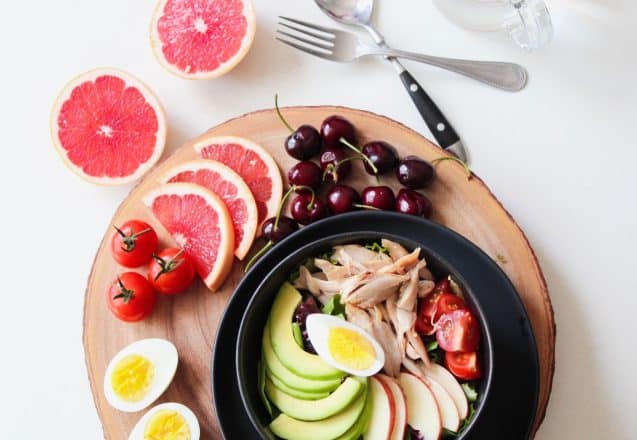

 It's pretty hot outside and you might think it's too late to get your body summer ready in Winter Haven, FL, but it's never too late. In fact, after just a month of exercise, you'll notice a difference. There's still three months of summer and summery warm weather in September and October, where you can show off your new body in more revealing warm weather clothing. You'll look fabulous in a swimsuit and even better for the year end holidays.
It's pretty hot outside and you might think it's too late to get your body summer ready in Winter Haven, FL, but it's never too late. In fact, after just a month of exercise, you'll notice a difference. There's still three months of summer and summery warm weather in September and October, where you can show off your new body in more revealing warm weather clothing. You'll look fabulous in a swimsuit and even better for the year end holidays.
 Your attitude and thoughts make a difference in whether you'll be healthy, happy or even successful. That's why we encourage you to think healthy thoughts at Habitat Health and Fitness in Lakeland, Florida. Getting fit is all about eating healthy and exercising regularly. If you hate exercise or worry that you might injure yourself, despite a doctor's okay, you probably won't get the results you want, making it easier to quit entirely.
Your attitude and thoughts make a difference in whether you'll be healthy, happy or even successful. That's why we encourage you to think healthy thoughts at Habitat Health and Fitness in Lakeland, Florida. Getting fit is all about eating healthy and exercising regularly. If you hate exercise or worry that you might injure yourself, despite a doctor's okay, you probably won't get the results you want, making it easier to quit entirely.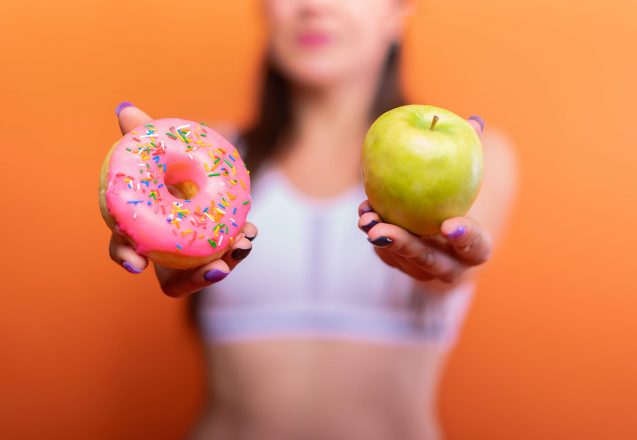
 How important is a healthy diet? There are two phrases used in the fitness industry that describe just how important it is. The first is, "You can't out-exercise a bad diet." You need to eat healthy to get the results you want. The second focuses on the importance of diet in your appearance. That phrase is, "A great body starts in the kitchen." If you put junk into your body, you'll end up with junk.
How important is a healthy diet? There are two phrases used in the fitness industry that describe just how important it is. The first is, "You can't out-exercise a bad diet." You need to eat healthy to get the results you want. The second focuses on the importance of diet in your appearance. That phrase is, "A great body starts in the kitchen." If you put junk into your body, you'll end up with junk.
 If you workout at Habitat Health and Fitness in Lakeland, FL, you already know that we create a program that include stretches to do before a workout. The warm up stretches don't require a lot of effort, but they get the blood circulating to the muscles to prepare for the extra effort required during the workout, get your heart ready for the workout and increase the temperature of the body to make the muscles looser. The stretches use the same muscles you'll be working during your actual workout.
If you workout at Habitat Health and Fitness in Lakeland, FL, you already know that we create a program that include stretches to do before a workout. The warm up stretches don't require a lot of effort, but they get the blood circulating to the muscles to prepare for the extra effort required during the workout, get your heart ready for the workout and increase the temperature of the body to make the muscles looser. The stretches use the same muscles you'll be working during your actual workout.
 You may have read about all the benefits of having a workout partner but are still unclear whether it's the right move for you. While there are a lot of good reasons to have one, it's not for everyone. There are some reasons not to have one. Here are the pros and cons of a workout partner so you can decide whether having one is right for you.
You may have read about all the benefits of having a workout partner but are still unclear whether it's the right move for you. While there are a lot of good reasons to have one, it's not for everyone. There are some reasons not to have one. Here are the pros and cons of a workout partner so you can decide whether having one is right for you.
 Not all processed foods are bad. Some of it is healthy. The actual food and how it's processed makes a difference in how it will affect your health. For instance, frozen vegetables are processed. They're washed, which is a way of processing. They normally are frozen close to the field, so there's no transportation. That means they can fully ripen and immediately washed and frozen they're frozen. If they're vegetables, they are also blanched before freezing. The process of freezing them quickly after they ripen means they probably have more nutrients than fresh fruits and vegetables on the store shelf.
Not all processed foods are bad. Some of it is healthy. The actual food and how it's processed makes a difference in how it will affect your health. For instance, frozen vegetables are processed. They're washed, which is a way of processing. They normally are frozen close to the field, so there's no transportation. That means they can fully ripen and immediately washed and frozen they're frozen. If they're vegetables, they are also blanched before freezing. The process of freezing them quickly after they ripen means they probably have more nutrients than fresh fruits and vegetables on the store shelf.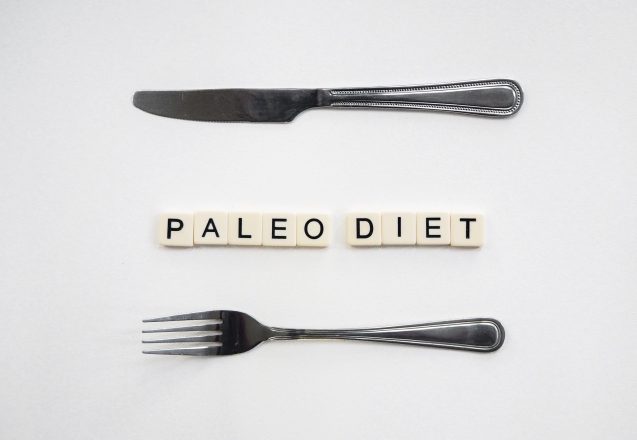
 You may have heard a lot about the Paleo diet. It's one of the latest crazes, which doesn't necessarily mean it's unhealthy. It simply means it's popular. While we work on fitness at Habitat Health and Fitness in Lakeland, FL, we also emphasize that you have to eat healthy if you want results. You can't workout at the gym and then eat a whole cake topped with a quart of ice cream every day and expect to lose weight or be healthy at all. Let's delve into what exactly a Paleo diet is and how it benefits or detracts from your health.
You may have heard a lot about the Paleo diet. It's one of the latest crazes, which doesn't necessarily mean it's unhealthy. It simply means it's popular. While we work on fitness at Habitat Health and Fitness in Lakeland, FL, we also emphasize that you have to eat healthy if you want results. You can't workout at the gym and then eat a whole cake topped with a quart of ice cream every day and expect to lose weight or be healthy at all. Let's delve into what exactly a Paleo diet is and how it benefits or detracts from your health.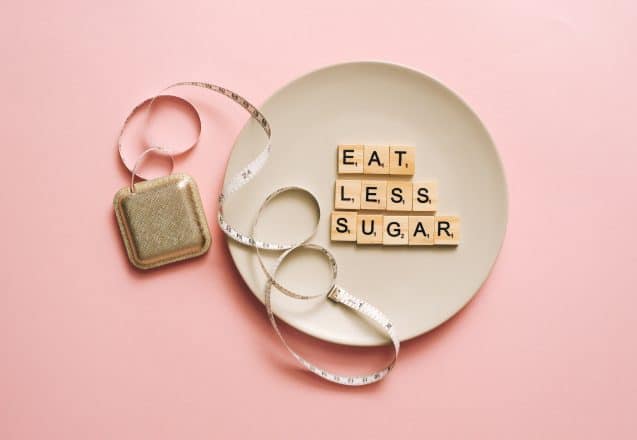
 At Habitat Health and Fitness in Lakeland, Florida, we not only help you become stronger and fitter, we also encourage you to look at other areas that affect your fitness and health. Consuming too much sugar is one of those areas and it's easy to do, especially if you have average eating habits. Some form of sugar seems to be in all types of products that are processed. Eating food with added sugar can have disastrous effects on your body and make it harder to get results at the gym.
At Habitat Health and Fitness in Lakeland, Florida, we not only help you become stronger and fitter, we also encourage you to look at other areas that affect your fitness and health. Consuming too much sugar is one of those areas and it's easy to do, especially if you have average eating habits. Some form of sugar seems to be in all types of products that are processed. Eating food with added sugar can have disastrous effects on your body and make it harder to get results at the gym.
 Like many of the healthier oils, olive oil is plant based. If it's the highest quality, with the most nutritional benefits, it's extra-virgin olive oil. Just what are the benefits of olive oil? First, its fatty acids are primarily monounsaturated. Those help your cholesterol profile by increasing the good cholesterol and decreasing the LDL or bad cholesterol. It also has about 14% saturated fat and 11% polyunsaturated, in the form of omega-6 and omega3. The more refined olive oil is the less oleic acid it contains. According to many studies, oleic acid reduces inflammation, which is linked to several serious conditions.
Like many of the healthier oils, olive oil is plant based. If it's the highest quality, with the most nutritional benefits, it's extra-virgin olive oil. Just what are the benefits of olive oil? First, its fatty acids are primarily monounsaturated. Those help your cholesterol profile by increasing the good cholesterol and decreasing the LDL or bad cholesterol. It also has about 14% saturated fat and 11% polyunsaturated, in the form of omega-6 and omega3. The more refined olive oil is the less oleic acid it contains. According to many studies, oleic acid reduces inflammation, which is linked to several serious conditions.